


In the Historic City Center of Santos, Arcos do Valongo is a venue with a rustic, unpretentious, contemporary architecture where events, parties, and concerts take place. Located in the port area, it has an open and integrated interior and a unique view of the city.
Rua Comendador Neto, 3
Centro, Santos – SP

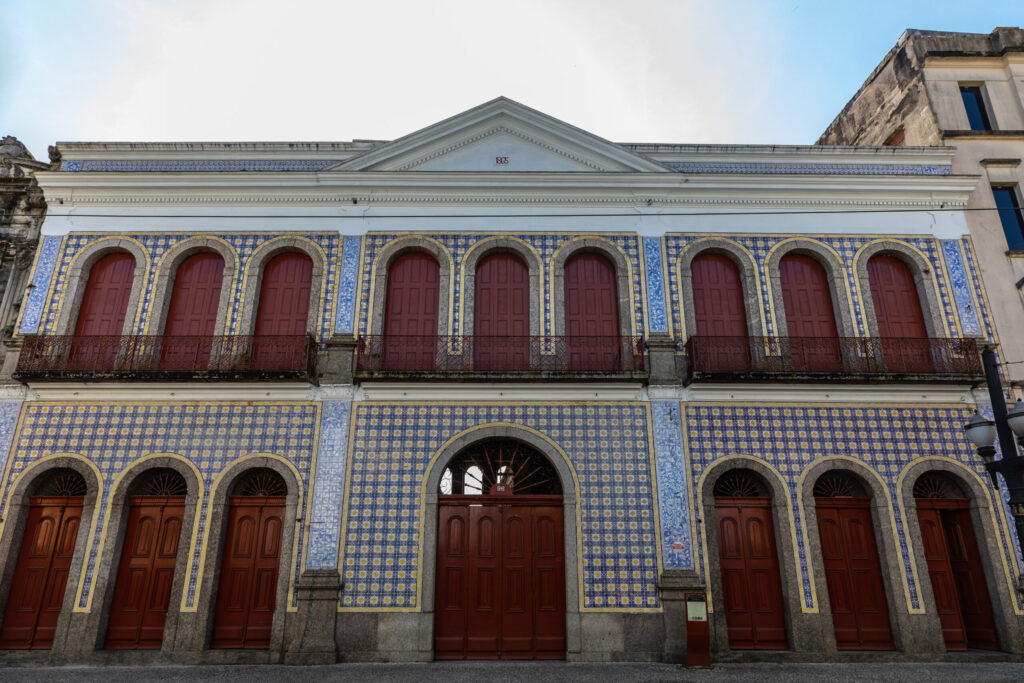
One of the most significant pieces of architecture of Santos, the building was built in 1865 and became known for its façade of neoclassical influence decorated with relief tiles imported from Portugal. It was the home and warehouse of the Portuguese Commander Manoel Joaquim Ferreira Netto, a successful coffee trader; over the years, it was used as an office, a hotel, a freight warehouse, and a storage unit for chemical fertilizers. Recovery works were conducted on the façade in 1992. The largest cultural venue of the Historic City Center has operated in this location since 2006.
Rua do Comércio, 92
Centro, Santos – SP


Established in 1895 under the name Casino Espanhol (Spanish Casino), it was first located at Rua Aguiar de Andrade, in Paquetá, where the Santos society mostly lived at the time. For more than three decades, the center hosted nights of great splendor at that location. Due to expansion works at the port, the families moved closer to the shore and the Spanish Center moved to Avenida Ana Costa. Its headquarters now have an extensive library, with some literary relics.
Avenida Ana Costa, 286
Campo Grande, Santos – SP

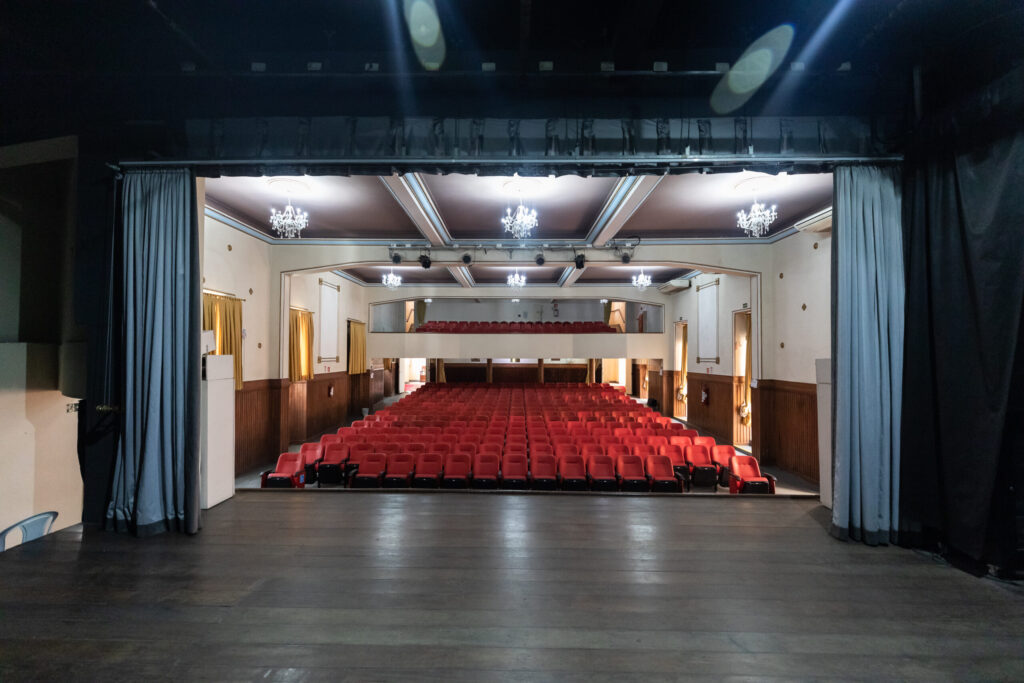
At the headquarters of the Portuguese Cultural Center, there is the Portuguese Armênio Theater, named after the businessman Armênio Mendes, who passed away in October 2017. The Portuguese Center opened its doors again after renovation works, celebrating its 122 anniversary. The theater has capacity for over 300 viewers.
Rua Amador Bueno, 188
Centro, Santos – SP

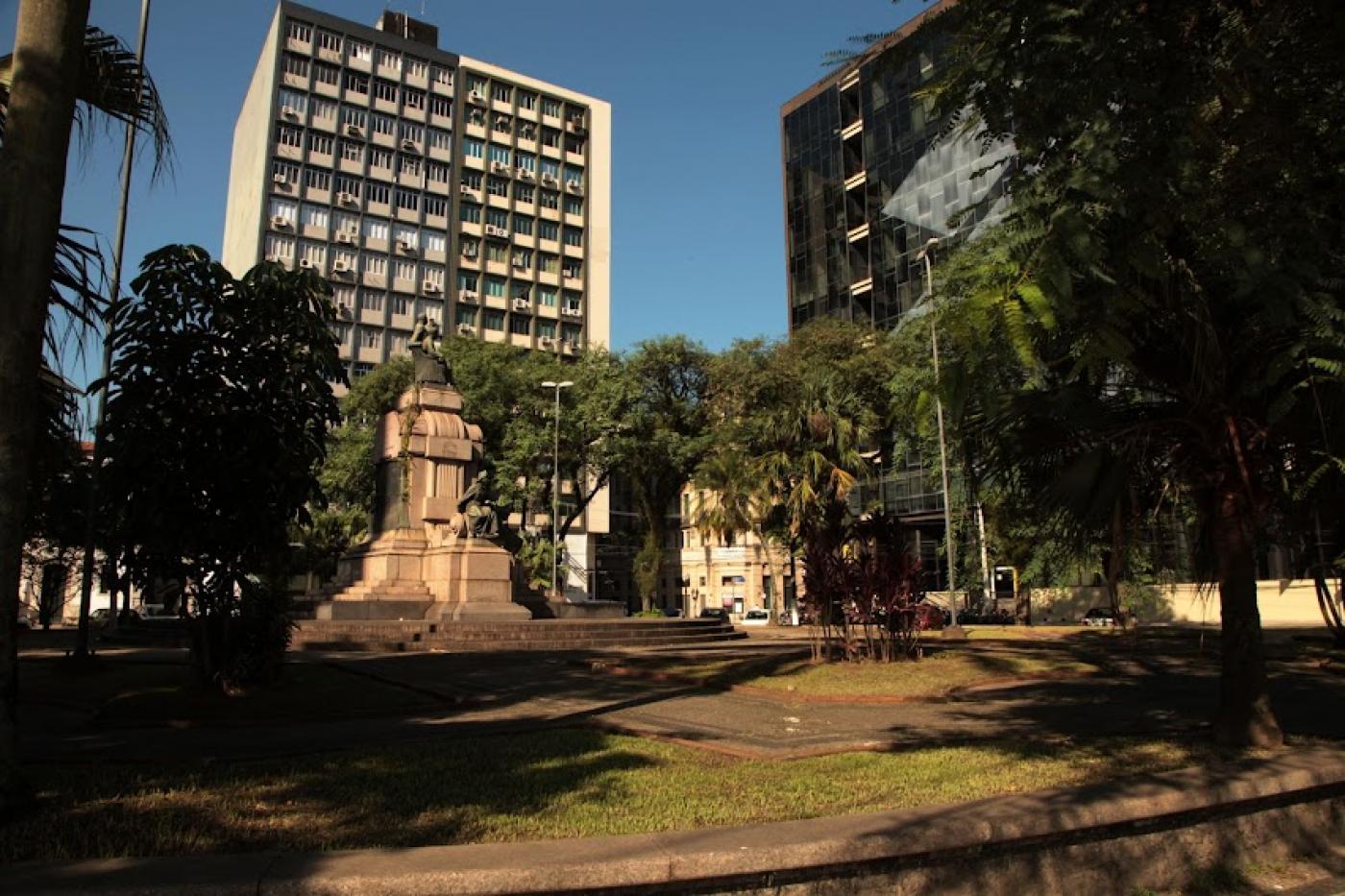
Praça Barão do Rio Branco, at the Historic City Center of Santos, is integrated with Pantheon dos Andradas and the Church and Convent of the Third Order of Our Lady of Mount Carmel. The nearly 2,200-square-meter venue was renovated for the celebrations of the 200 years of the Independence of Brazil, in 2022, with floor and draining improvements, lighting on the ground, recovery of Portuguese pavement, and new garden design.
Pça. Barão do Rio Branco
Centro, Santos – SP

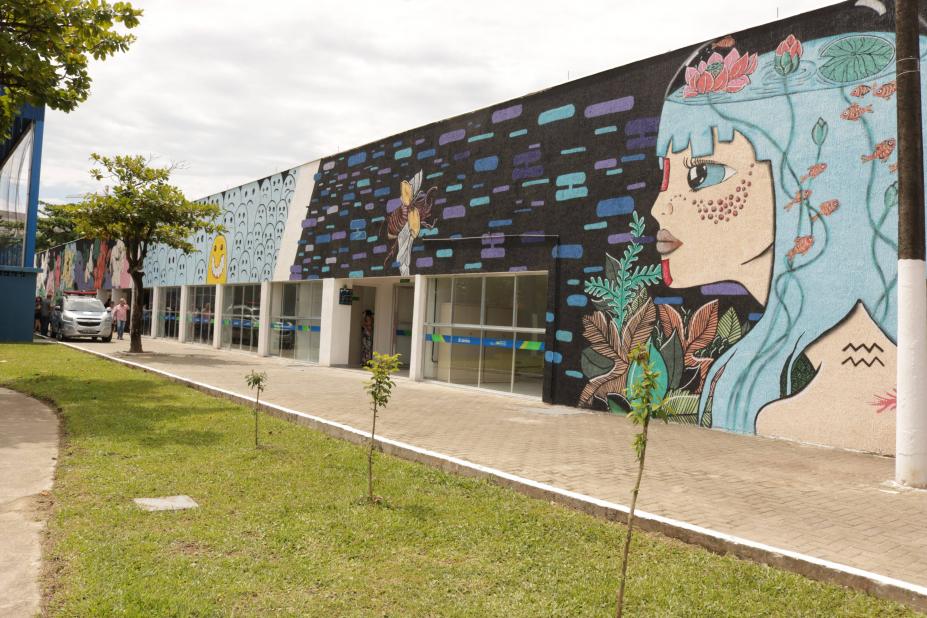
Located in the northwestern part of Santos, CEU das Artes has a movie theater, classrooms, a library, indoor and outdoor sports courts, a playground, and a large living area with plazas and gardens. Its aim is to offer art, sports, leisure, and social care to the city’s most socially and economically vulnerable population.
Praça da Paz Universal
Castelo, Santos – SP

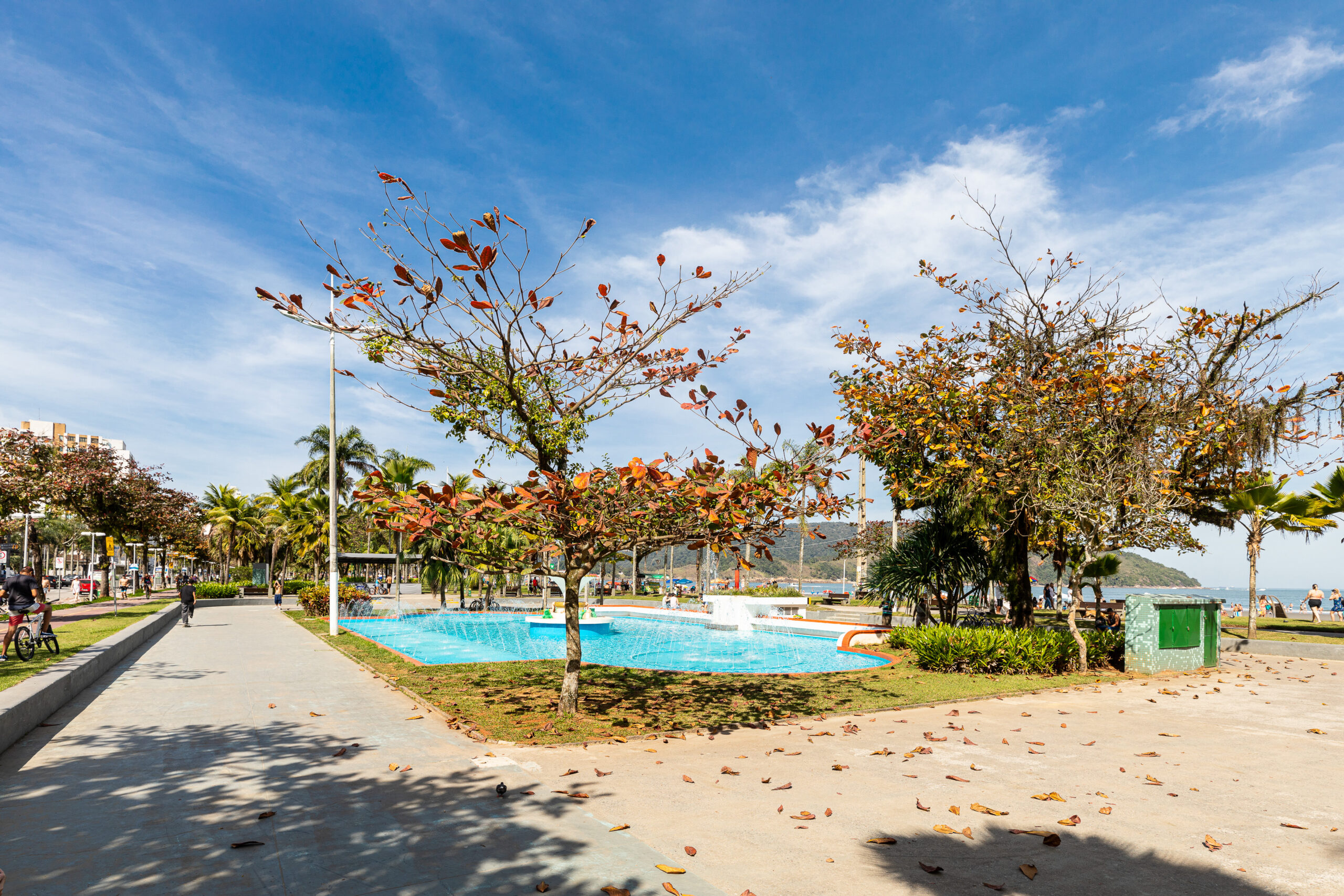
Fonte do Sapo—the Frog Fountain—, one of the favorite attractions of the children who use its surroundings to play, is near Canal 5. Its water jets can reach up to 8 meters high, and the fountain is decorated with four frogs, which makes it even more peculiar.
Av. Bartolomeu de Gusmão, 93
Aparecida, Santos – SP

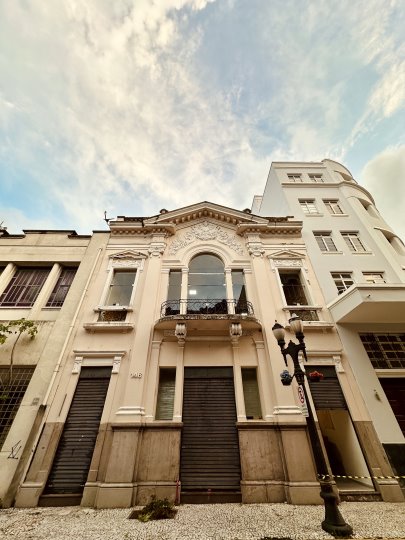
Futrica is a venue in downtown Santos for the arts and creative economy. Located at Rua Quinze de Novembro, it was born aiming to be a trading hub for art and cultural productions; to generate income for artists; to be a place for creation and fruition, good meetings, and ideas; to build partnerships; and to engage in and promote a dynamic, lively experience in the historic center of the city. It has an exhibition area, a collaborative shop, a large room for rehearsals, workshops, recording sessions, and meetings, a dining area, and an environment and equipment for artistic performances, private and corporate events, and parties. Futrica Criativa is focused on generating economic alternatives and introducing different creations to the audience, appreciating research-based, authorial, and curated works.
Rua XV de Novembro, 146
Centro Histórico, Santos – SP

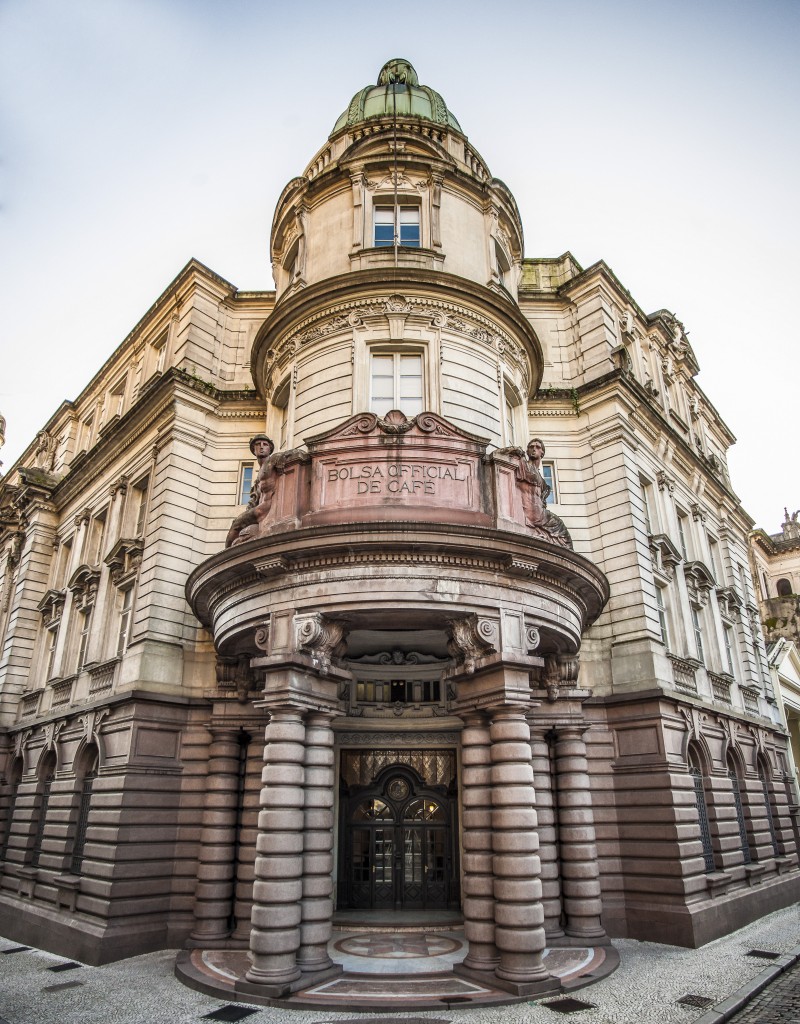
Established in 1998, the Coffee Museum is one of the main tourist attractions in the city of Santos. Its goal is to protect and promote the history of coffee in Brazil and the world. The Official Coffee Exchange building, where the museum is located, has a unique architecture, full of details inside and outside the building, reflecting the power the commodity had when it first opened, in 1922. The Coffee Museum collection features the bidding hall, with a major table and seventy chairs, where brokers negotiated the daily prices of coffee bags. In the same venue, visitors have the opportunity to admire the paintings “Santos Port in 1822,” “The Foundation of the Santos Village, 1545,” “Santos Port in 1922,” and the stained glass window “The Epic of the Bandeirantes (Settlers),” pieces by Benedicto Calixto.
Rua XV de Novembro, 95
Centro Histórico, Santos – SP

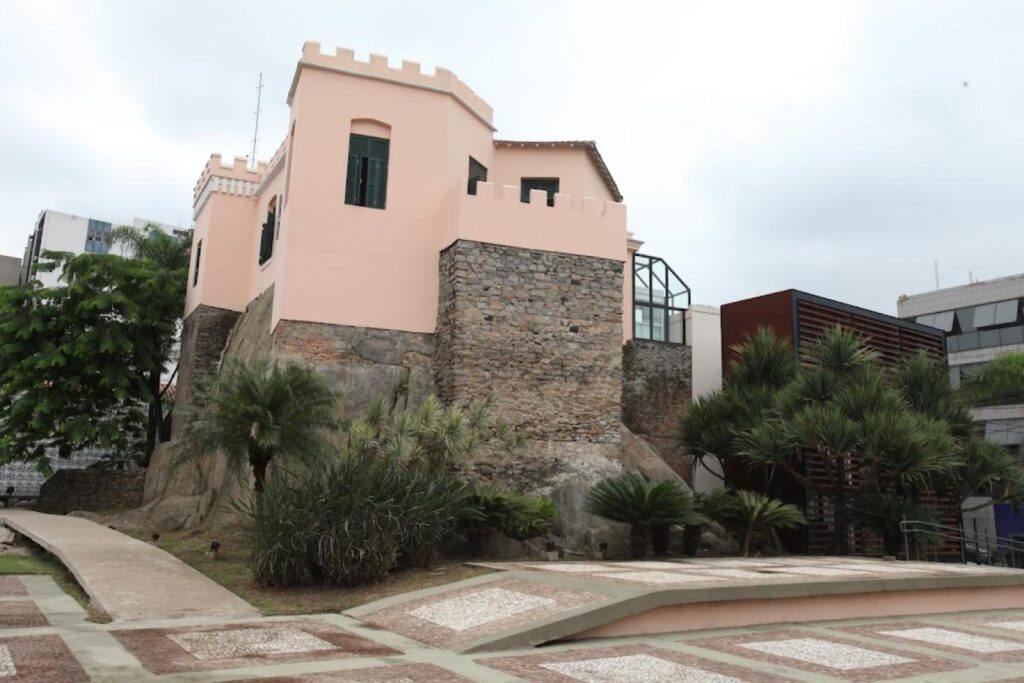
A landmark of the foundation of the Santos Village, the small hill is where, in the 16th century, the couple Luís de Góis and Catarina de Aguillar ordered the construction of the Santa Catarina de Alexandria Chapel and the country’s first Santa Casa de Misericórdia. For years the hill provided rocks for paving streets and expanding the port and, in the 19th century, the Italian doctor João Éboli ordered the construction of a castle-like house on the rock that remained from the hill.
Rua Visconde do Rio Branco nº 48
Centro Histórico, Santos – SP


Parque do Emissário (the Outfall Park), as it is known, is a park built on an onshore platform of the Santos marine outfall. The project, designed by the architect Ruy Ohtake, first started to operate in 1978, at the celebration of the 463th anniversary of Santos. It has sports equipment, a playground, the Surf Museum, and living areas. A sculpture by the visual artist Tomie Ohtake, which had its debut in 2008 with a ceremony attended by Prince Naruhito, from Japan, pays tribute to the 100th anniversary of Japanese migration in Brazil.
Av. Presidente Wilson, s/nº
José Menino, Santos – SP

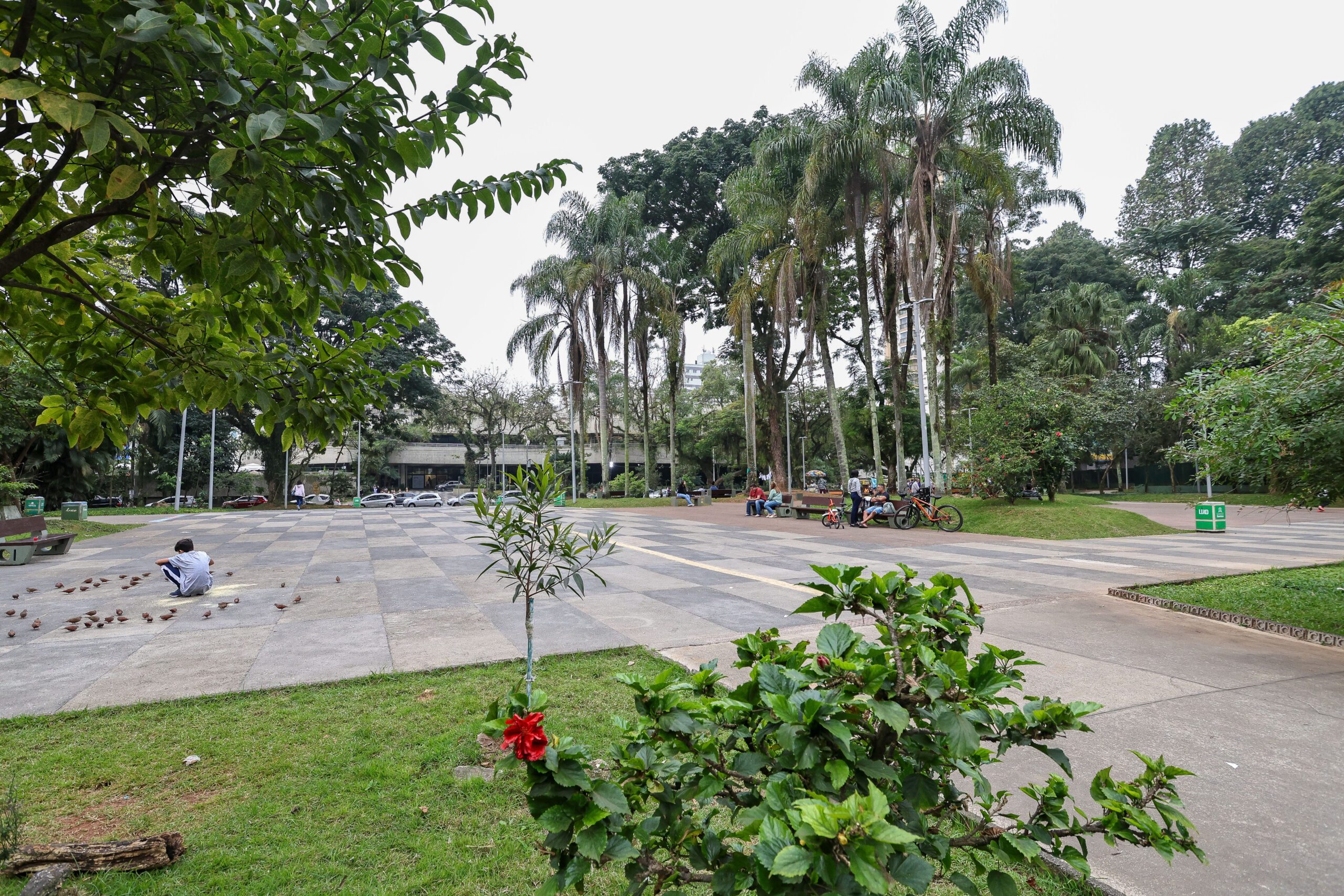
Known as Praça do Sesc (Sesc Square), the area has 7,200 square meters and is located in the Aparecida neighborhood. It has accessible structures for people with special needs, gardens, a children’s park, a dog park, and a walking track. The creative economy fair FeirArte takes place there on Sundays.
R. Conselheiro Ribas, 121
Aparecida, Santos – SP

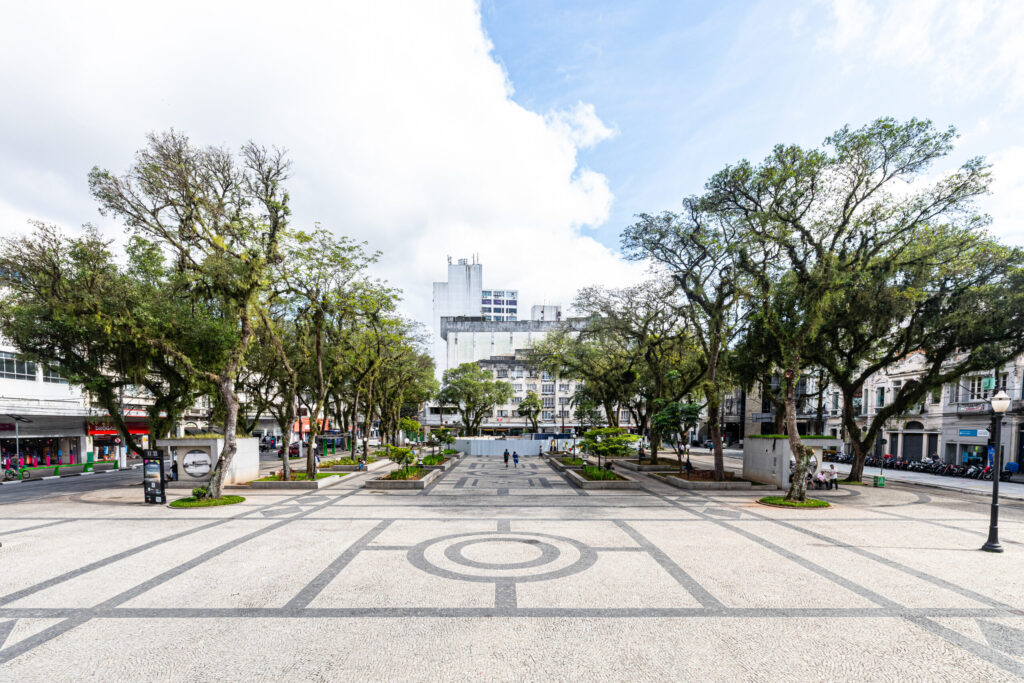
The main meeting spot in the Historic City Center of Santos, its name changed to Praça Visconde de Mauá in 1887 from what was, until then, Largo da Coroação (the Coronation Square). It was a tribute to the Viscount of Mauá, for the services provided by the industrial entrepreneur from Rio Grande do Sul to the development of Santos. The Santos City Hall (Palácio José Bonifácio) and several city departments have operated at this address since 1939. It is also a popular site for public demonstrations and cultural events that take place throughout the year.
Centro Histórico
Santos – SP

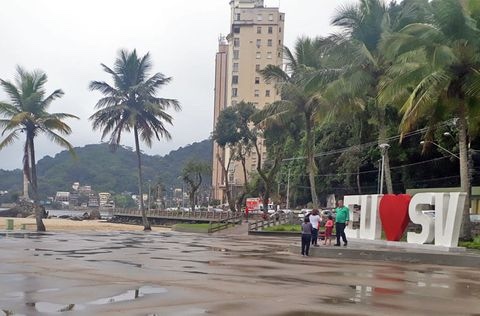
Near Biquinha de Anchieta, at Gonzaguinha Beach, is Praça Tom Jobim, a large plaza between the beach and Avenida Pedro de Toledo. The reenactment of the Foundation of the São Vicente Village—regarded the world’s largest reenactment held at a beach—takes place in front of it.
Praça Tom Jobim
Biquinha – São Vicente – SP


Established in 1986, Sesc Santos has 51,825 sq. m of built-up area and serves nearly 10,000 people a day. Its facilities include universally accessible structures, a theater with capacity for 765 people, a living area and exhibitions area, an auditorium with capacity for 99 seats, a library, a reading room, a bike parking rack, a cafe, a customer service center, a sports center, outdoor and heated pools, sports courts, gym and body expression rooms, a locker room, a restaurant, and others. During the MIRADA Festival, spaces including the Theater, the Sports Center, the Living Area, and the Auditorium become stages for the activities in the program, featuring shows, presentations, and training activities. Learn more about Sesc Santos at sescsp.org.br/santos.
R. Conselheiro Ribas, 136
Aparecida, Santos – SP

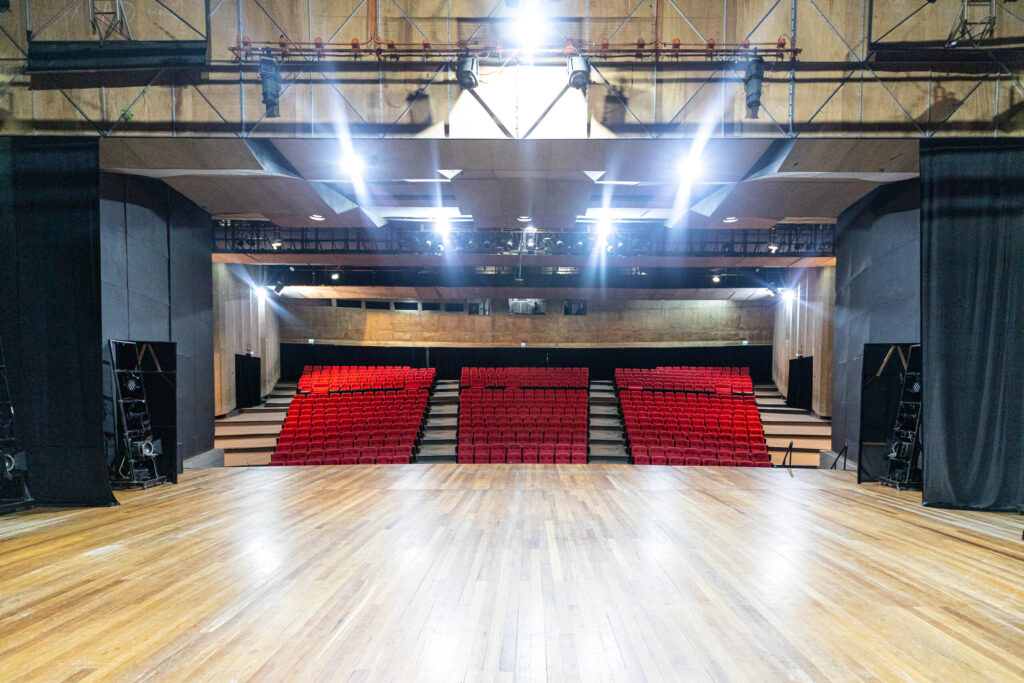
The two theaters are located at the cultural center Centro de Cultura Patrícia Galvão, which also houses two art galleries, the Museum of Image and Sound of Santos (MISS), the newspaper library Roldão Mendes Rosa, and the headquarters of the City Department of Culture. Teatro Brás Cubas first opened on March 10th, 1979, and is named after the founder of the Santos Village. It has more than 5,000 sq. m and capacity for 588 people. It was designed to receive shows including ballet, lyric singing, theatrical plays, and even operas. Teatro de Arena Rosinha Mastrângelo, on the ground floor of the cultural center, opened its doors again in 2020 and has capacity for 180 people.
Av. Senador Pinheiro Machado, 48
Vila Mathias, Santos – SP

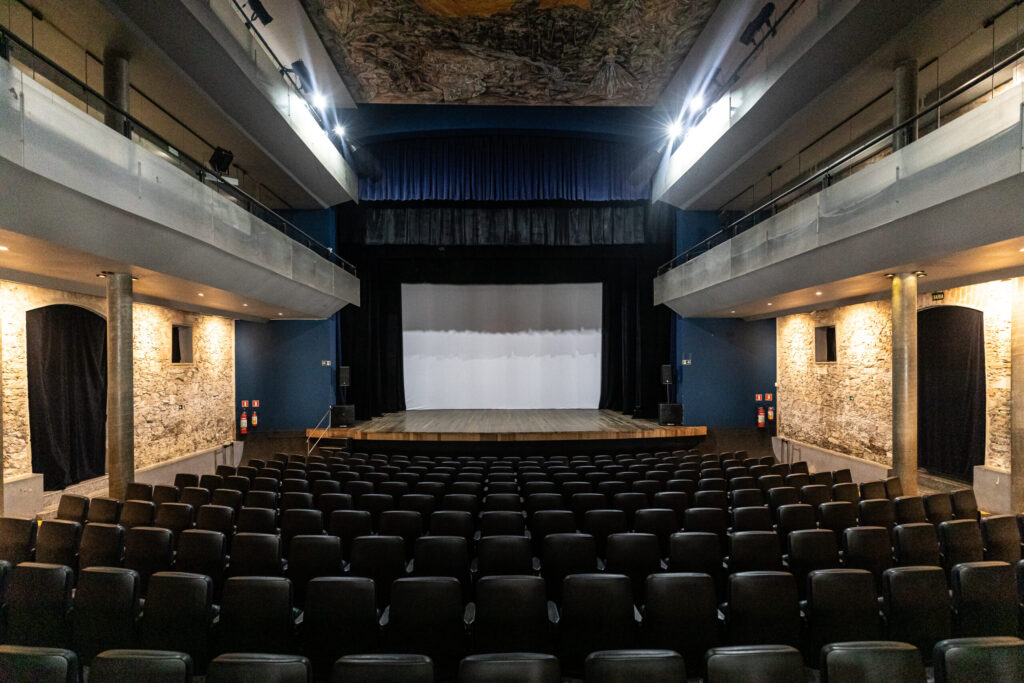
Santos’ first theater building, it first opened its doors in 1882. Nearly one century later, in 1981, it was destroyed by a fire that only spared its external walls. After two decades of neglect, it was completely rebuilt by the city and delivered in 2008. Not only it is a beautiful construction, it also features two paintings by Paulo Von Poser: one in the ceiling portrays a scene from the novel O Guarani, by José de Alencar; the other, in the second floor foyer, is a reinterpretation of Benedito Calixto’s painting that depicts Santos seen from the top of Monte Serrat. The theater works as a venue for shows and as the city performing arts school.
Praça dos Andradas, 100
Centro, Santos – SP


The neighborhood is located in an area formerly known as Vila Socó, a group of shacks built on stilts over a mangrove in the early 1960s. Industrialization in the city led to a process of migration driven by the search for new jobs, and the new residents organized in this area. The houses in Vila Socó were destroyed in February 1984, in a great fire caused by a pipeline leak. At least one hundred people died in the episode.
Praça da Cidadania – Av. Tancredo Neves, 552
Vila São José, Cubatão/SP

Utilizamos cookies essenciais para personalizar e aprimorar sua experiência neste site. Ao continuar navegando você concorda com estas condições, detalhadas na nossa Política de Cookies de acordo com a nossa Política de Privacidade.